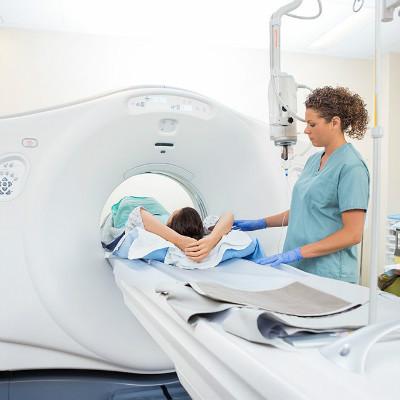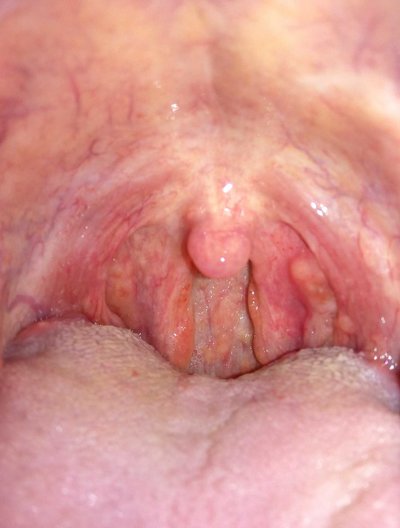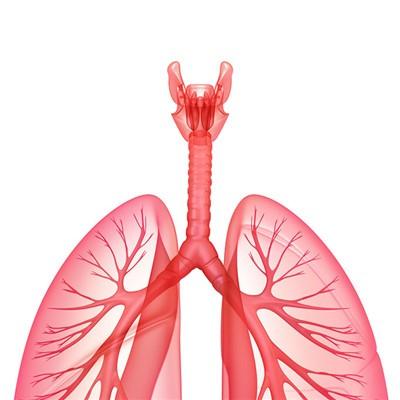What is periodic paralysis
summary
Periodic paralysis, also known as periodic paralysis, will attack repeatedly, which has a great impact on patients. Let's see what periodic paralysis is.
What is periodic paralysis
First of all: periodic paralysis, also known as periodic paralysis, refers to a group of diseases with recurrent skeletal muscle flaccid paralysis as the main manifestation. Most of them are accompanied by abnormal changes of serum potassium ion concentration. According to the changes of serum potassium concentration, they are divided into three types: low potassium type, normal blood potassium type and high potassium type. Clinically, hypokalemic periodic paralysis accounts for the vast majority, while normal blood potassium type and hyperkalemic periodic paralysis are rare.
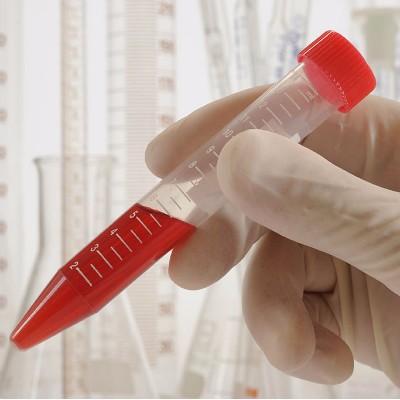
Secondly, it can be divided into primary and secondary according to the etiology. Primary refers to those whose pathogenesis is unknown and hereditary; secondary refers to those whose pathogenesis is secondary to the change of blood potassium caused by other diseases, such as hyperthyroidism, primary aldosteronism, 17 α - hydroxylase deficiency, barium poisoning, glycyrrhizic acid intake and thyroid hormone abuse.

Finally: according to the characteristics of patients with intermittent myasthenia attack, combined with the tendon reflex, serum potassium concentration and ECG changes, it is generally not difficult to make a diagnosis. However, we should pay attention to whether hypokalemic periodic paralysis is primary or secondary. Therefore, after the illness, it is suggested that patients choose a regular hospital for treatment, which is conducive to the recovery of the disease.
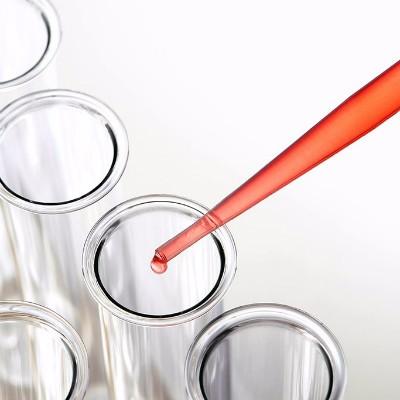
matters needing attention
Provide a quiet and comfortable environment, put patients in the ward with few beds and mild illness, keep the appropriate temperature and humidity, have good ventilation, fresh air, and avoid strong light stimulation. At ordinary times, we should grasp the degree of exercise, avoid the occurrence of infection, and actively deal with the treatment.







